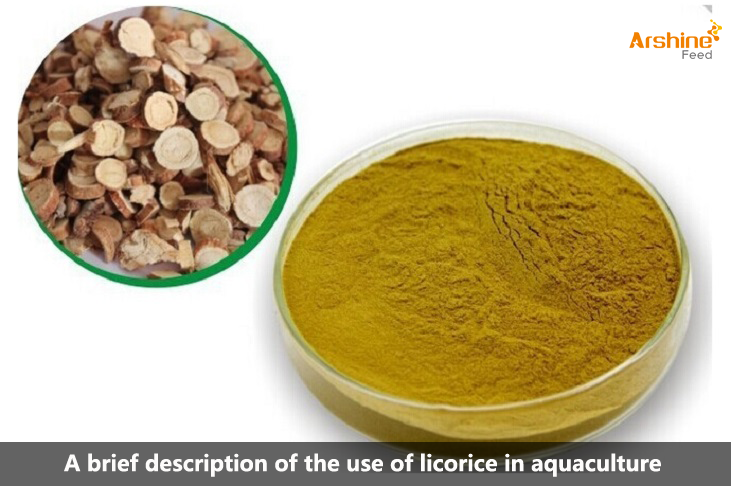

Licorice Extract is a perennial herb of the genus Licorice in the legume family, derived from the dried roots and rhizomes of the leguminous plants licorice, licorice or licorice glabra. It is one of the homology species of medicine and food in China. Licorice flavor sweet flat, according to the theory of yin and yang five elements, licorice belongs to the soil, the soil is in the middle, so licorice can be "warm", because traditional Chinese medicine believes that all poison meets the soil that is, licorice is the "essence of the nine soils", so licorice can detoxify all poisons. Commentary on "Materia Medica": Licorice is the king of all medicines, cures 72 kinds of milky stone poisons, resolves 1,200 herbs and wood poisons, and has the merit of harmonizing all medicines.
The roots and stems of licorice contain triterpene saponin glycyrrhizic acid, that is, glycyrrhizin, which accounts for about 6% ~ 14% of licorice, which is ammonium, calcium or potassium salt of glycyrrhizic acid, which has no hemolytic effect, while glycyrrhetinic acid has. Licorice contains a variety of flavonoids, including glycyrrhizin, isoglycyrrhizin, glycyrrhizin, etc. In addition, licorice also contains a variety of trace elements necessary for aquatic animals, such as Zn, Ca, Sr, Ni, Mn, Mg, Fe, Cu, etc.
So, what are the functional uses of licorice in aquaculture? The author has used licorice decoction juice many times to degrade heavy metal poisoning in aquaculture water, and practice has proved that it has a certain detoxification function. To this end, the author consulted many aquaculture friends, and searched for books and literature related to aquatic animals, and summarized them into a document for your reference.
Licorice has the function of detoxification and protection of liver cells of aquatic animals. Licorice can effectively alleviate and degrade aquatic animal liver poisoning caused by feed mildew, excessive heavy metals, antibiotics, pesticide residues and other factors, and repair liver function. Adding licorice or licorice extract to the feed can improve the feed conversion rate and promote the growth of fish and shrimp.
Antiviral. Glycyrrhizic acid, glycyrrhetinic acid and licorice flavonoids have good antiviral activity in vitro and in vivo. It may have a certain adjuvant therapeutic effect on grass carp reovirus (hemorrhagic virus), grouper iridescence virus, spotted catfish virus, crucian carp hemorrhagic virus, shrimp white spot syndrome virus, etc.
Antibacterial and antibacterial. Ethyl glycyrrhizinate extract and glycyrrhetinic acid have inhibitory effects on Staphylococcus aureus, Streptococcus haemolyticus, Escherichia coli, etc. in vitro.
Adjunctive vaccines against stress. Studies have shown that glycyrrhizic acid can increase the success rate of vaccination and reduce the stress response of aquatic animals during vaccination.
Boosts immune function. Licorice can enhance the immune function of aquatic animals and increase the number and activity of spleen T cells. Licorice decoction at a concentration of 1:300 can enhance the phagocytosis of leukocytes to Staphylococcus aureus.
Licorice extract can enhance the activity of superoxide dismutase, while effectively scavenging free radicals and slowing down the oxidation of LDL. In addition, licorice extract has a certain estrogen-like effect, which can prolong the production period of female parents of aquatic animals.
Usage and dosage of licorice in aquatic animals.
Daily health care: use powder to directly add feed feeding, reference dosage 1.0-1.5 kg/ton feed, 5-7 days per month, it is not recommended to add licorice feeding for a long time.
Sudden stress: Use decoction mixture or powder to add feed feeding, the reference dosage is 100-150 g/ton of fish body weight, and use for 3-5 days.
Heavy metal poisoning: use decoction juice to splash the whole pool, the reference dosage is 2.0-3.0 kg/mu*m water body, and use it for 2-3 days.
Add: Block 14, No.100, Luyun Road,Changsha 410205,China.
Mobile: +86 18874001228
Email: info@arshinefeed.com
WhatsApp: 8618874001228
WeChat: weiyuyan91